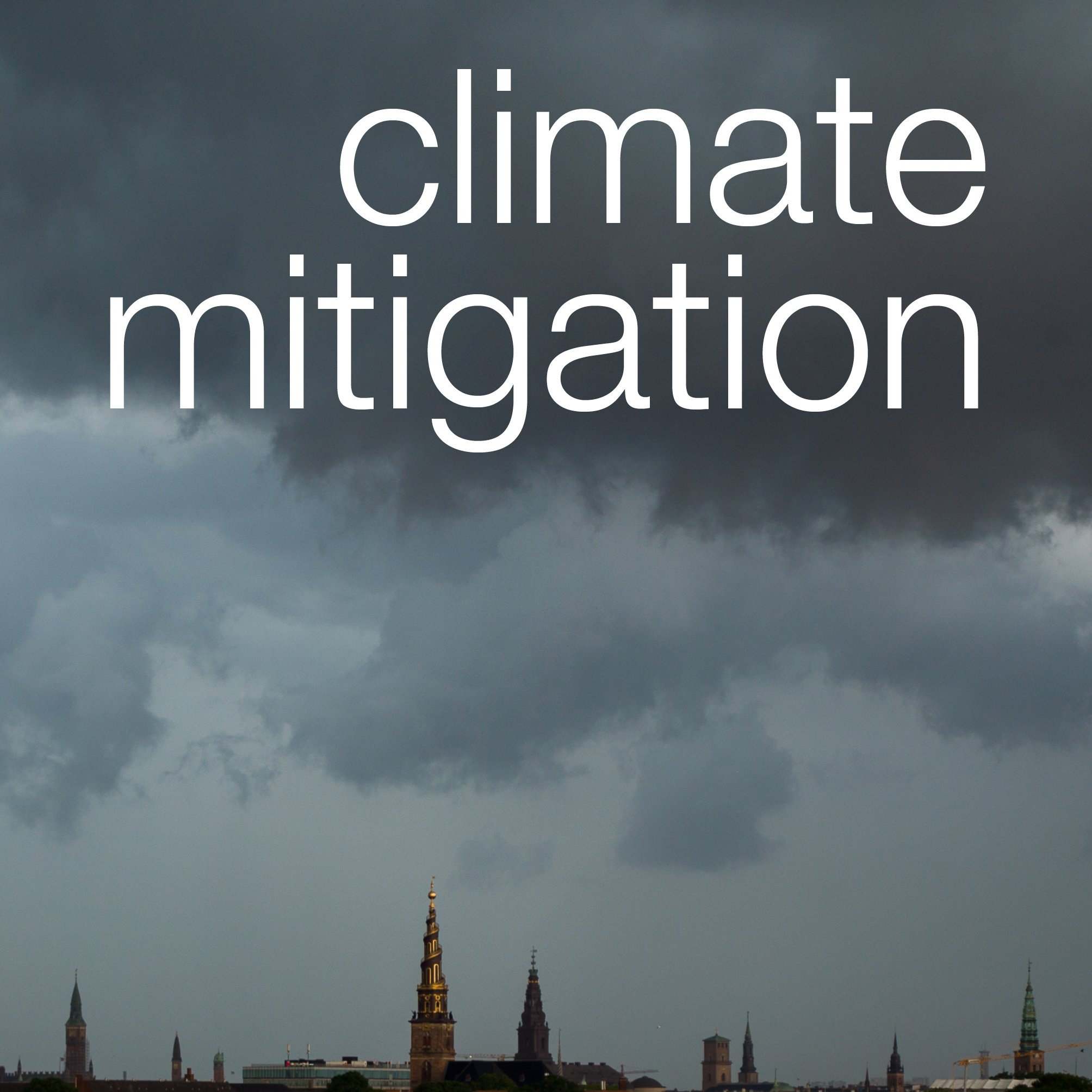climate change and policies about sustainability are not just about the cities and towns
/model of the new Wadden Sea interpretation by Dorte Mandrup
This blog is about Danish architecture - about buildings and the built environment - and about design and making or design and manufacturing so, in the recent posts about climate-change mitigation, the schemes discussed have been urban examples and mainly about dealing with flooding from rain storms.
This is crucial because it has been predicted that, as a consequence of global warming, annual rain fall in Denmark could increase by as much as 30% but this will not be spread evenly through the year but there will be more sudden and dramatic storms with torrential rain falling over a relatively sort period of thirty minutes or an hour.
I was not in the city for the devastating storm of 2011 so I did not see first-hand the damage done then as streets flooded - although I have seen some of the videos that people took - but only a month after moving to Copenhagen there was a storm that flooded local streets and where I was living, each apartment had storage space in the basement and I lost packing boxes and tools and some books left down there were ruined. Then the water was just about 30 cm deep across the basement with water running down from the street but pumps had to be brought in. In 2011, I was told, water had come up to the level of the basement ceiling so I can see why city politicians have spent so much money and time and effort on trying to make Copenhagen more resilient. Some 300 schemes have been completed or are, to use a bad pun, in the pipe line.
Denmark is renowned for its modern architecture and for furniture design but the country also has a strong and world-wide reputation for its engineering and this is crucial for the successful completion of appropriate mitigation projects.
Recent statistics from 2018 show that 88% of the Danish population live now in towns but clearly this is not to suggest that all climate problems and all major protection plans are urban.
Denmark is a relative small country but it is a country made up of islands - there are some 443 named islands - and so it has a long coast line of around 8,750 kilometres. To put this in perspective, there is one land border - the border with Germany - and that is just 68 kilometres across.
The country is low - not as low as large parts of the Netherlands of course - and the highest point is just 171 metres above sea level. The sea takes away and then redistributes sediment and builds up new land elsewhere to such an extent that the official statistics for the calculated area of the country is changed regularly.
So, extensive engineering schemes are needed to protect coast lines around the country and with ongoing discussion about other policies needed to protect some areas, particularly important rare or unique natural landscapes habitats, like the Wadden Sea area on the west coast, and last week there was a debate in the newspaper about returning areas of peat bog in Jutland at Vejen Mose to their original state. Draining the land for agricultural use release carbon deposited there …. as much as 1.4 million tonnes of carbon emissions each year.
These decisions are not easy and not cheap but are now urgent and, as with all policies about climate change and sustainability, complicated compromises will have to be made.












